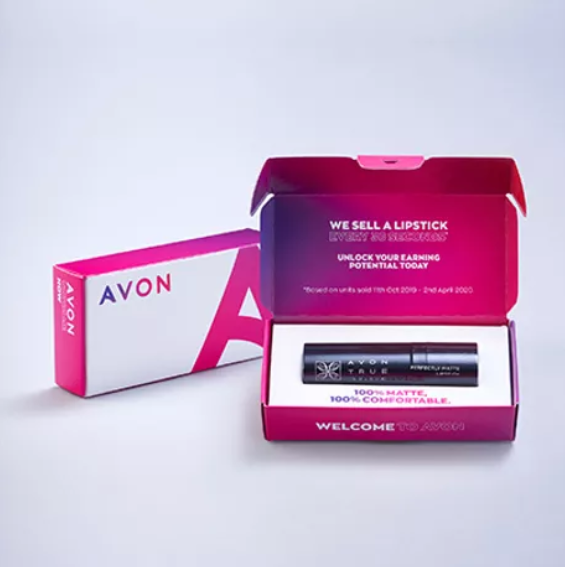How to Choose Your Kit
Customize hundreds of items. Build team unity with personalized jerseys, shorts, and training tracksuits.
A kit should comprise a personal locator beacon or satellite messenger as well as an tourniquet CAT. It is essential to carry oral glucose if you are diabetic. Benadryl is a form of EpiPen and Benadryl for life-threatening allergies are vital.
What do you hope to get out of your kit?
There are many factors to consider when deciding what kind of equipment you should have. First, think about what trauma or medical risk you are exposed to in the activities that you undertake. If you're a hiker for instance, your gear may contain more items to are designed to deal with extreme temperatures or altitude than someone working in an office. Think about the location you'll keep your kit. The various quantities of items will fit in the form of a purse, backpack or bug-out bag. Consider how you will organize your kit. This will allow you and others to locate the things you need quickly. A well-organized emergency kit will save you time and reduce stress. This is particularly true if you group related items together (e.g. closures and bandages; gauze pads 4x4 and the rolled gauze, SAM splints).
How prepared do you want to be?
It's impossible to anticipate what you'll require in a disaster, therefore it's better to be prepared. Having supplies at home, work and in your car will help you be more ready to go if you have to leave in a hurry. Keep these items in the form of a kit that is easy to carry around so that you can quickly access them if needed.
This question will help you decide the type of experience, outcome and the goal you want to achieve with your project. Do you prefer a simple project you can finish within just a few hours? Or would you like to test yourself with a more complex design? The best kit for you will provide the materials along with the stitching experience and outcome you're looking for.
What is your risk assessment?
Risk assessments are a vital element of your job as health and safety rep. Before any changes are made, they must be carried out on all activities. This is especially the case when new products or information on dangers are released. Plan the way you'll carry out the evaluation and what tools and resources you'll need (e.g. training, tools and equipment. Also, think about the laws regulations, codes standards, internal policies and guidelines you must adhere to when conducting the assessment.
Take a walk around your workplace and observe what you can reasonably expect to cause harm to others Remember to consider long-term health hazards as well as safety risk. Talk to your colleagues, they may have noticed things that are not immediately obvious and can help you identify potential issues. Data sheets and instructions from manufacturers can also help you identify risks and give them context. Take just click the following article at your accident and illness records which will reveal lots about the hazards that are present in your workplace.

Use a comparative worksheet to compare and evaluate different kits available on the market. You can also place them in order of importance. This is a document you can refer back to in the future. The recording of your findings doesn't have to be a huge exercise however, HSE only requires that businesses with five or more employees document their major findings.
